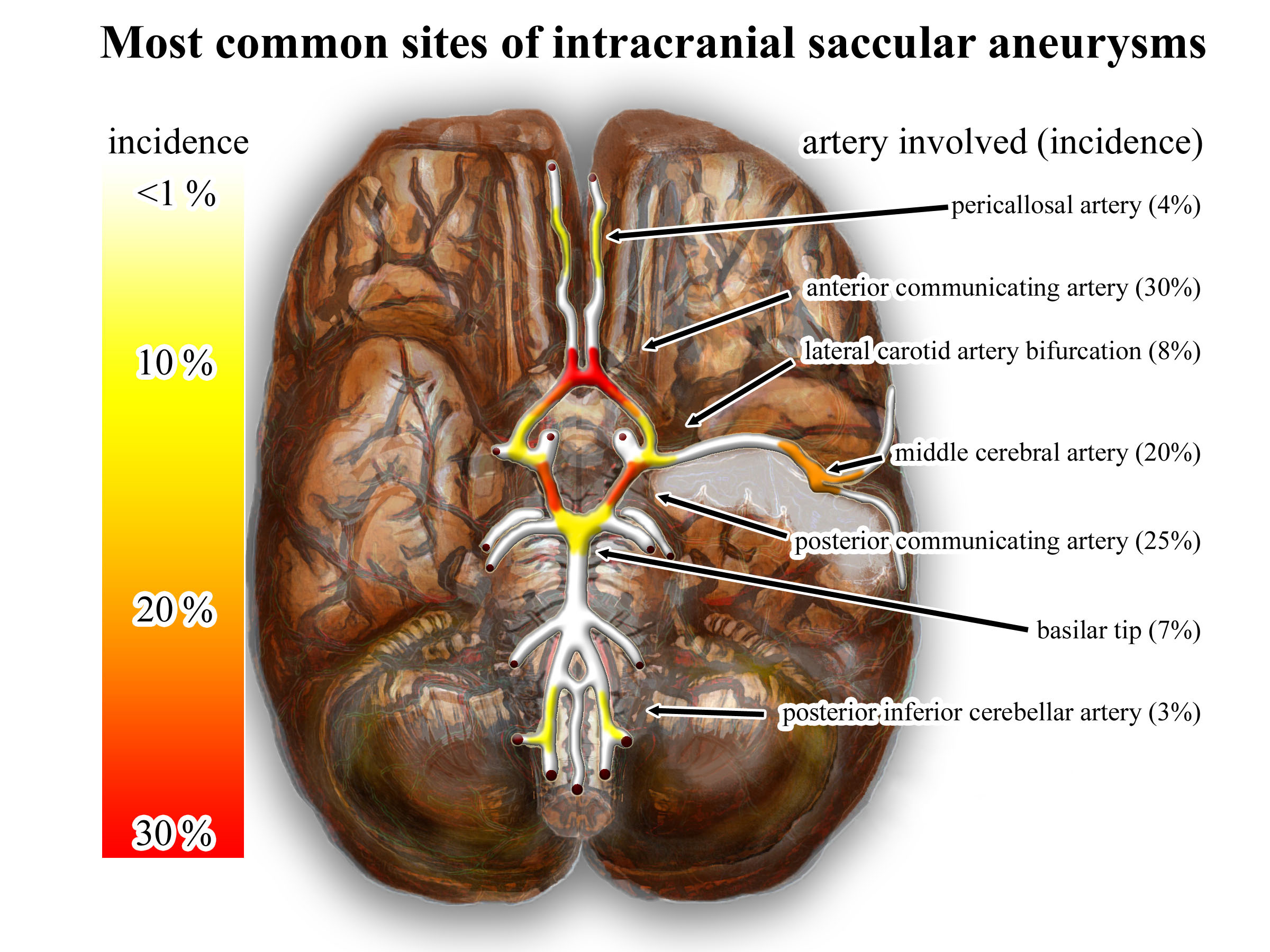|
Hypergraphia
Hypergraphia is a behavioral condition characterized by the intense desire to write or draw. Forms of hypergraphia can vary in writing style and content. It is a symptom associated with temporal lobe changes in epilepsy and in Geschwind syndrome. Structures that may have an effect on hypergraphia when damaged due to temporal lobe epilepsy are the hippocampus and Wernicke's area. Aside from temporal lobe epilepsy, chemical causes may be responsible for inducing hypergraphia. Characteristics Writing style Waxman and Geschwind were the first to describe hypergraphia, in the 1970s. The patients they observed displayed highly compulsive detailed writing, sometimes with literary creativity. The patients kept diaries, which some used to meticulously document minute details of their everyday activities, write poetry, or create lists. Case 1 of their study wrote lists of her relatives, her likes and dislikes, and the furniture in her apartment. Beside lists, the patient wrote poetr ... [...More Info...] [...Related Items...] OR: [Wikipedia] [Google] [Baidu] |
Geschwind Syndrome
Geschwind syndrome, also known as Gastaut-Geschwind, is a group of behavioral phenomena evident in some people with temporal lobe epilepsy. It is named for one of the first individuals to categorize the symptoms, Norman Geschwind, who published prolifically on the topic from 1973 to 1984. There is controversy surrounding whether it is a true neuropsychiatric disorder. Temporal lobe epilepsy causes chronic, mild, interictal (i.e. between seizures) changes in personality, which slowly intensify over time. Geschwind syndrome includes five primary changes; hypergraphia, hyperreligiosity, atypical (usually reduced) sexuality, circumstantiality, and intensified mental life. Not all symptoms must be present for a diagnosis. Only some people with epilepsy or temporal lobe epilepsy show features of Geschwind syndrome.Benson, D.F. & Hermann, B.P. (1998) Personality disorders. In J. Engel Jr. & T.A. Pedley (Eds.) Epilepsy: A comprehensive textbook. Vol. II (pp.2065–2070). Philadelphia: Lippi ... [...More Info...] [...Related Items...] OR: [Wikipedia] [Google] [Baidu] |
Alice Flaherty
Alice Weaver Flaherty is an American neurologist. She is a researcher, physician, educator and author of the 2004 book ''The Midnight Disease: The Drive to Write, Writer's Block, and the Creative Brain'', about the neural basis of creativity. Early life and education She grew up in Brookside, a hamlet of Mendham Township, New Jersey and graduated from West Morris Mendham High School. She completed her undergraduate degree and her medical degree at Harvard University as well as a fellowship there. She also completed a Ph.D. at MIT. Career Dr. Flaherty is a joint associate professor of neurology and psychiatry at Harvard Medical School. She is a neurologist at Massachusetts General Hospital. She heads the MGH Neurology’s Brain Stimulator Unit, where “she uses deep brain stimulators to treat neurological disease and psychiatric disease. Her research focuses on voluntary control of action, and how human brains represent their bodies, two factors that help drive suffering in ... [...More Info...] [...Related Items...] OR: [Wikipedia] [Google] [Baidu] |
Temporal Lobe Epilepsy
Temporal lobe epilepsy (TLE) is a chronic disorder of the nervous system which is characterized by recurrent, unprovoked focal seizures that originate in the temporal lobe of the brain and last about one or two minutes. TLE is the most common form of epilepsy with focal seizures. A focal seizure in the temporal lobe may spread to other areas in the brain when it may become a ''focal to bilateral seizure''. TLE is diagnosed by taking a medical history, blood tests, and brain imaging. It can have a number of causes such as head injury, stroke, brain infections, structural lesions in the brain, brain tumors, or it can be of ''unknown onset''. The first line of treatment is through anticonvulsants. Surgery may be an option, especially when there is an observable abnormality in the brain. Another treatment option is electrical stimulation of the brain through an implanted device called the vagus nerve stimulator (VNS). Types Over forty types of epilepsy are recognized and these ... [...More Info...] [...Related Items...] OR: [Wikipedia] [Google] [Baidu] |
Virginia Ridley
McCracken King Poston Jr. (also known as McCracken Poston or "Ken" Poston; born October 24, 1959), is an American criminal defense attorney, former politician and part-time juvenile court judge. He gained national attention for several notable cases which were featured on TV series specials such as ''CNN Presents'', ''Dateline NBC'', A&E's ''American Justice'' and ''Forensic Files''. Poston is a practicing defense attorney in Georgia and Tennessee. Poston was elected and served as a state representative in the Georgia House of Representatives from 1989 to 1997. Early life and education McCracken Poston was born and raised in Northwest Georgia. After attending public schools in Catoosa County, Poston attended the University of Tennessee at Chattanooga for his undergraduate studies, and then he went on to receive his J.D. degree from the University of Georgia Law School where he was president of his class. Career Poston is a former Democratic state representative. Previously, ... [...More Info...] [...Related Items...] OR: [Wikipedia] [Google] [Baidu] |
Cerebrum Lobes
The cerebrum, telencephalon or endbrain is the largest part of the brain containing the cerebral cortex (of the two cerebral hemispheres), as well as several subcortical structures, including the hippocampus, basal ganglia, and olfactory bulb. In the human brain, the cerebrum is the uppermost region of the central nervous system. The cerebrum prenatal development, develops prenatally from the forebrain (prosencephalon). In mammals, the Dorsum (biology), dorsal telencephalon, or Pallium (neuroanatomy), pallium, develops into the cerebral cortex, and the ventral telencephalon, or Pallium (neuroanatomy), subpallium, becomes the basal ganglia. The cerebrum is also divided into approximately symmetric Lateralization of brain function, left and right cerebral hemispheres. With the assistance of the cerebellum, the cerebrum controls all voluntary actions in the human body. Structure The cerebrum is the largest part of the brain. Depending upon the position of the animal it lies eithe ... [...More Info...] [...Related Items...] OR: [Wikipedia] [Google] [Baidu] |
Dementia
Dementia is a disorder which manifests as a set of related symptoms, which usually surfaces when the brain is damaged by injury or disease. The symptoms involve progressive impairments in memory, thinking, and behavior, which negatively affects a person's ability to function and carry out everyday activities. Aside from memory impairment and a disruption in thought patterns, the most common symptoms include emotional problems, difficulties with language, and decreased motivation. The symptoms may be described as occurring in a continuum over several stages. Consciousness is not affected. Dementia ultimately has a significant effect on the individual, caregivers, and on social relationships in general. A diagnosis of dementia requires the observation of a change from a person's usual mental functioning, and a greater cognitive decline than what is caused by normal aging. Several diseases and injuries to the brain, such as a stroke, can give rise to dementia. However, th ... [...More Info...] [...Related Items...] OR: [Wikipedia] [Google] [Baidu] |
Cerebral Aneurysm
An intracranial aneurysm, also known as a brain aneurysm, is a cerebrovascular disorder in which weakness in the wall of a cerebral artery or vein causes a localized dilation or ballooning of the blood vessel. Aneurysms in the posterior circulation (basilar artery, vertebral arteries and posterior communicating artery) have a higher risk of rupture. Basilar artery aneurysms represent only 3–5% of all intracranial aneurysms but are the most common aneurysms in the posterior circulation. Classification Cerebral aneurysms are classified both by size and shape. Small aneurysms have a diameter of less than 15 mm. Larger aneurysms include those classified as large (15 to 25 mm), giant (25 to 50 mm), and super-giant (over 50 mm). Berry (saccular) aneurysms Saccular aneurysms, also known as berry aneurysms, appear as a round outpouching and are the most common form of cerebral aneurysm. Causes include connective tissue disorders, polycystic kidney disease, art ... [...More Info...] [...Related Items...] OR: [Wikipedia] [Google] [Baidu] |
Acetylcholine
Acetylcholine (ACh) is an organic chemical that functions in the brain and body of many types of animals (including humans) as a neurotransmitter. Its name is derived from its chemical structure: it is an ester of acetic acid and choline. Parts in the body that use or are affected by acetylcholine are referred to as cholinergic. Substances that increase or decrease the overall activity of the cholinergic system are called cholinergics and anticholinergics, respectively. Acetylcholine is the neurotransmitter used at the neuromuscular junction—in other words, it is the chemical that motor neurons of the nervous system release in order to activate muscles. This property means that drugs that affect cholinergic systems can have very dangerous effects ranging from paralysis to convulsions. Acetylcholine is also a neurotransmitter in the autonomic nervous system, both as an internal transmitter for the sympathetic nervous system and as the final product released by the parasymp ... [...More Info...] [...Related Items...] OR: [Wikipedia] [Google] [Baidu] |
Dopamine
Dopamine (DA, a contraction of 3,4-dihydroxyphenethylamine) is a neuromodulatory molecule that plays several important roles in cells. It is an organic compound, organic chemical of the catecholamine and phenethylamine families. Dopamine constitutes about 80% of the catecholamine content in the brain. It is an amine synthesized by removing a carboxyl group from a molecule of its precursor (chemistry), precursor chemical, L-DOPA, which is biosynthesis, synthesized in the brain and kidneys. Dopamine is also synthesized in plants and most animals. In the brain, dopamine functions as a neurotransmitter—a chemical released by neurons (nerve cells) to send signals to other nerve cells. Neurotransmitters are synthesized in specific regions of the brain, but affect many regions systemically. The brain includes several distinct dopaminergic pathway, dopamine pathways, one of which plays a major role in the motivational component of reward system, reward-motivated behavior. The anticipa ... [...More Info...] [...Related Items...] OR: [Wikipedia] [Google] [Baidu] |
Parietal Cortex
The parietal lobe is one of the four major lobes of the cerebral cortex in the brain of mammals. The parietal lobe is positioned above the temporal lobe and behind the frontal lobe and central sulcus. The parietal lobe integrates sensory information among various modalities, including spatial sense and navigation (proprioception), the main sensory receptive area for the sense of touch in the somatosensory cortex which is just posterior to the central sulcus in the postcentral gyrus, and the dorsal stream of the visual system. The major sensory inputs from the skin (touch, temperature, and pain receptors), relay through the thalamus to the parietal lobe. Several areas of the parietal lobe are important in language processing. The somatosensory cortex can be illustrated as a distorted figure – the cortical homunculus (Latin: "little man") in which the body parts are rendered according to how much of the somatosensory cortex is devoted to them. The superior parietal lobule and in ... [...More Info...] [...Related Items...] OR: [Wikipedia] [Google] [Baidu] |
Central Sulcus
In neuroanatomy, the central sulcus (also central fissure, fissure of Rolando, or Rolandic fissure, after Luigi Rolando) is a sulcus, or groove, in the cerebral cortex in the brains of vertebrates. It is sometimes confused with the longitudinal fissure. The central sulcus is a prominent landmark of the brain, separating the parietal lobe from the frontal lobe and the primary motor cortex from the primary somatosensory cortex. Evolution of the central sulcus The evolution of the central sulcus is theorized to have occurred in mammals when the complete dissociation of the original somatosensory cortex from its mirror duplicate developed in placental mammals such as primates, though the development did not stop there as time progressed the distinction between the two cortices grew. Evolution in primates The central sulcus is more prominent in apes as a result of fine-tuning of the motor system in apes. Hominins (bipedal apes) continued this trend through increased use of thei ... [...More Info...] [...Related Items...] OR: [Wikipedia] [Google] [Baidu] |







